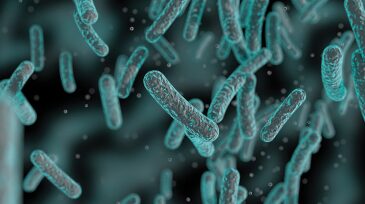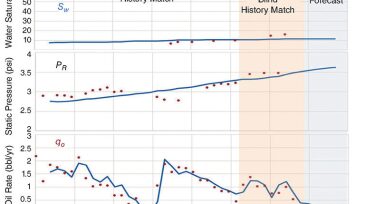AI/machine learning
Even as industry faces policy and tariff uncertainty, companies view spending on digital transformation as a driver of efficiency.
The Tela artificial intelligence assistant is designed to analyze data and adapt upstream workflows in real time.
In this third work in a series, the authors conduct transfer-learning validation with a robust real-field data set for hydraulic fracturing design.
-
Total is expanding its development and use of artificial intelligence to bolster its exploration work, collaborating with Google Cloud—which is stepping up its presence in the oil and gas industry.
-
The goal of cognitive computing is not to eliminate humans but allow highly skilled professionals to spend time doing what’s most valuable for the company.
-
A look at how policy, future workforce perception, and industry standards will shape energy companies in the near and distant future.
-
How can AI systems incorporate processes mimicking the slower logic- and causality-based reasoning patterns of the left brain?
-
Tiny soil samples may contain as many as 300,000 species of microbial life, but a Netherlands-based startup has figured out that between 50 and 200 of them can tell an operator if a drilling location will hold oil and gas reserves.
-
Southwest Research Institute is working to improve the accuracy of pipeline leak detection using sensors, artificial intelligence, and deep learning.
-
As artificial intelligence makes a significant impact on various industries, an expert examines the roles it could play in streamlining oil and gas operations in the near future.
-
A consultant examines the ways in which artificial intelligence and machine learning solutions may have a significant impact on industry operations.
-
As the drilling industry improves its efforts to capture drilling operation activities in real time, it has generated a significant amount of data that drilling engineers cannot process on their own.
-
Young Technology Showcase—Top-Down Modeling: A Shift in Building Full-Field Models for Mature FieldsData-driven, or top-down, modeling uses machine learning and data mining to develop reservoir models based on measurements, rather than solutions of governing equations.













